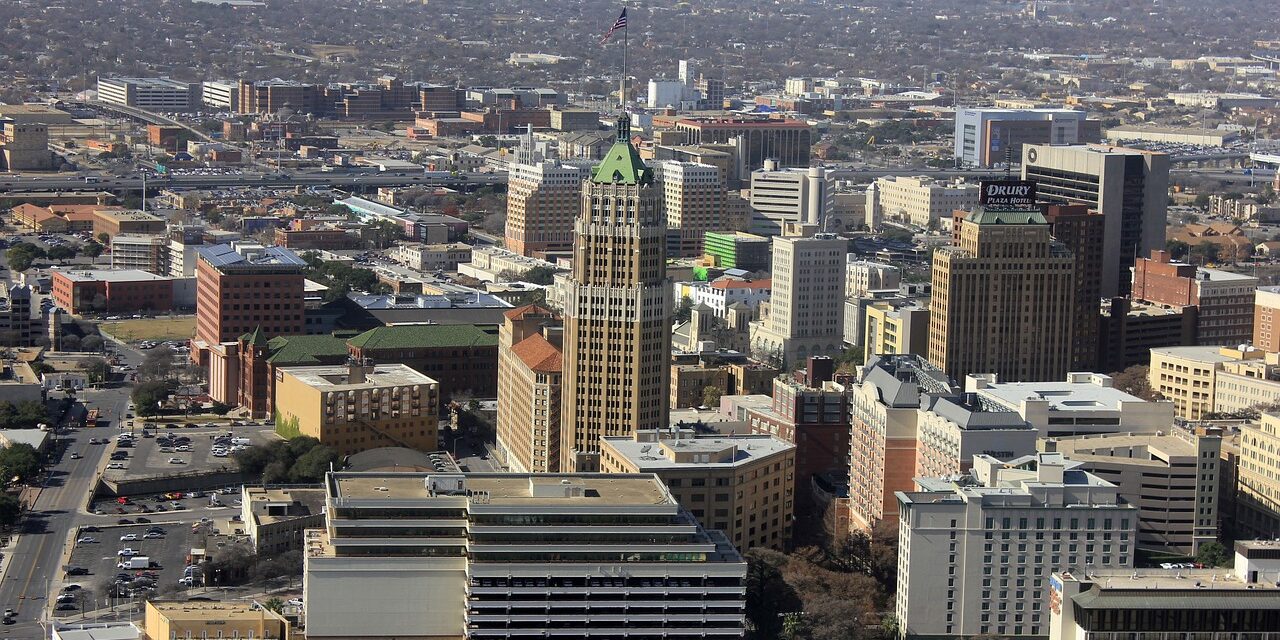As one of the fastest-growing cities in the United States, San Antonio faces both opportunities and challenges when it comes to its infrastructure. With a booming population and increasing demand on roadways, the city has embarked on ambitious projects to expand and modernize its highways and transportation systems. These efforts aim to improve traffic flow, reduce commute times, and ensure that San Antonio is prepared for future growth, while also addressing sustainability and accessibility concerns. Major Highway Projects Underway One of the key developments currently underway is the expansion of Loop 1604, a major beltway that encircles San Antonio. The Loop 1604 expansion project includes widening several segments to ease congestion and improve traffic flow on this critical roadway. By adding lanes, upgrading intersections, and improving access points, the city aims to make travel faster and safer for drivers, especially during peak hours.
Another major project involves upgrading Interstate 35 (IH-35), a highway that serves as a main artery between Austin and San Antonio. With thousands of drivers relying on IH-35 daily, the expansion project aims to add lanes and redesign certain areas to accommodate the growing number of commuters and freight vehicles. Known for being one of the most congested roadways in Texas, the improvements to IH-35 are anticipated to significantly reduce travel delays and improve regional connectivity. Embracing Sustainable and Multimodal Solutions As part of the city’s vision for sustainable growth, San Antonio is exploring options beyond traditional road expansions. The Alamo Area Metropolitan Planning Organization (AAMPO) has proposed initiatives that promote public transit, biking, and walking as viable alternatives to car travel. These options not only reduce the number of vehicles on the road but also help decrease greenhouse gas emissions and improve air quality. San Antonio is also investing in enhanced public transportation options.
VIA Metropolitan Transit, the city’s public transportation authority, has been working on plans to expand bus routes and develop rapid transit lanes to make commuting by bus more efficient. Additionally, there are discussions around implementing a light rail system in the future to connect key areas of the city and reduce the reliance on cars. Infrastructure projects don’t just impact daily commutes—they shape neighborhoods and influence quality of life. San Antonio’s recent infrastructure initiatives emphasize community impact and accessibility, aiming to make travel safer and more convenient for all residents. For instance, the city is prioritizing the installation of pedestrian bridges, bike lanes, and accessible sidewalks as part of its highway and street projects.
These upgrades are particularly significant in lower-income neighborhoods, where residents may rely more on walking, biking, or public transit. Community input has also played a significant role in shaping these projects. Through public forums, city planners and engineers have gathered feedback from residents to ensure that the projects align with the needs of each area. By engaging the community in these discussions, San Antonio is working to create an infrastructure system that benefits everyone and maintains a high quality of life as the city grows.
While San Antonio’s infrastructure improvements are promising, challenges remain. Funding for large-scale projects can be a complex issue, as the city must balance immediate needs with long-term goals. Additionally, construction projects often lead to temporary disruptions in traffic flow, impacting local businesses and daily commutes. City officials and planners are actively working to minimize these inconveniences by coordinating construction schedules and implementing detour routes. Looking to the future, San Antonio’s leaders recognize that continued growth will require adaptive solutions. The city is exploring smart city technologies, such as traffic sensors and real-time data analytics, to manage congestion more efficiently. By investing in technology, San Antonio aims to create a responsive infrastructure that can adjust to shifting traffic patterns and optimize road usage dynamically. San Antonio’s infrastructure development represents more than road expansions; it’s a vision for a modern, accessible, and sustainable city. As these projects unfold, the city is not only addressing current demands but also preparing for the future needs of its residents. By focusing on sustainability, community impact, and innovative solutions, San Antonio is positioning itself as a leader in infrastructure development that supports both economic growth and quality of life. The future of San Antonio’s highways and infrastructure is bright, with a clear focus on adaptability and inclusivity. With continued investment and community collaboration, the city is paving the way toward a more connected and resilient San Antonio, ready to embrace the challenges and opportunities that lie ahead.







